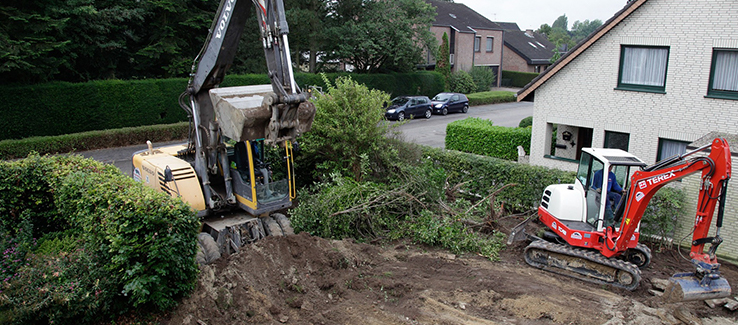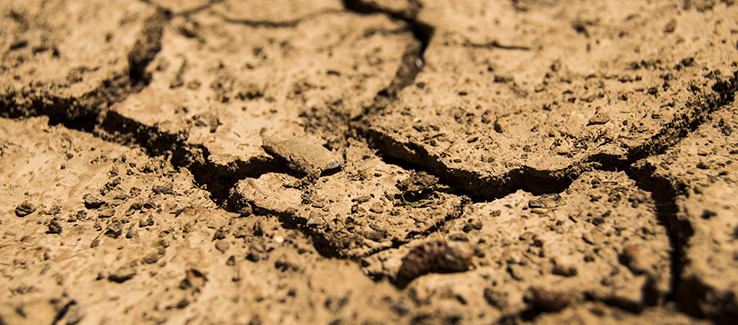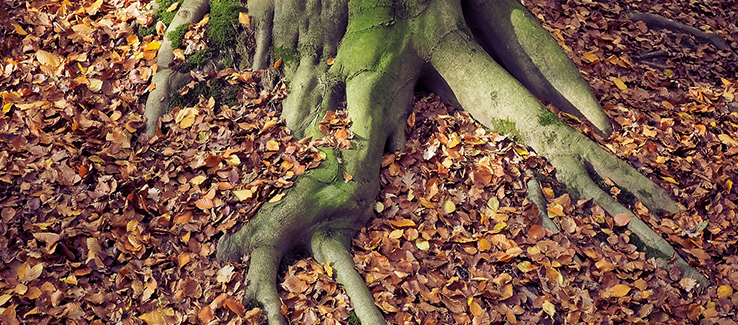
Concerned about your tree roots and how to protect, treat, and help prevent them from dying? Understanding how root damage can result in severe tree health problems will motivate you to pay more attention to what happens below your tree.
fasttreeremovalatlanta.com gathered the following information about what causes tree root damage, what to do about it, and how to prevent it.
What Causes Damage to Tree Roots
Many trees will survive and recover from root damage if the damage does not exceed one-quarter of the total root zone. Most crucial feeder roots are within the upper six inches of the soil (and, as they age, may become surface roots). Water uptake and nutrients can be restricted if damaged, reducing the tree’s vitality and growth. Consider the following ways tree roots can be damaged:
Digging and Trenching – Roots may be damaged or severed by digging, trenching, or tilling within a tree’s root area during nearby grading and construction. Excavation activities for streets, water lines, cables, sidewalks, foundations, drains, driveways, and walls are some common examples of construction practices that can potentially damage tree roots.

Treatment: If your tree’s roots are damaged or severed by digging activities, it likely cannot get enough nutrients to recover and grow back. Protect injured roots from further damage and seal any wounded roots with a latex-based tree paint to prevent fungal or disease infection. Give your tree a thorough deep watering, especially if the season has been dry, so its undamaged roots can better take up nutrients from the soil.
Prevention: Establish a barrier or a “No Dig Zone” around the tree’s drip line before any digging or trenching activities occur.
Soil Compaction – Compacted soil inhibits necessary air circulation and water infiltration into the root zone. A lack of sufficient water, nutrients, and oxygen to a tree’s roots quickly causes declining health or death. Soil compaction occurs when there is increased foot or vehicular traffic, supplies and equipment are stored in the root zone, or severe soil erosion strips away the fertile topsoil.

Treatment: Soil compaction is a challenging condition to correct. However, several techniques may solve soil compaction problems. Consider the following:
- Soil Mixing – Compacted soil can be mixed with compost or a fully composted organic mulch
- Top Mulching – Increase a soil’s organic content by adding mulch on top of the soil
- Core Aeration – Pore space in compacted soil may be increased by removing 3-inch soil cores
- Vertical Mulching – 1 to 2-inch holes can be drilled in the compacted soil and filled with perlite, vermiculite, or other amendment material
Prevention: Preventing soil compaction beneath a tree requires multiple proactive activities, including the following:
- Avoid working with or planting in wet soil
- Prevent foot and vehicle traffic
- Never store equipment or construction materials under trees
- Maintain a fresh 2 to 3-inch layer of mulch over the entire root zone
- Plant companion shrubs or ground cover below trees
- Aerate the soil every autumn
Surface Root Damage – Poorly drained or compacted soil encourages shallow tree root growth. Each year a tree’s roots thicken, like the trunk and branches, and eventually can break the soil surface. Extreme soil erosion over a root system is another cause of surface roots. These roots can be damaged by foot traffic, equipment (lawnmowers, weed trimmers, etc.), and wildlife grazing.

Treatment: There are several ways to effectively fix surface roots. Consider the following:
- Add Mulch – Add and maintain a 2 to 3-inch layer of organic mulch over the whole root zone
- Plant Ground Cover – Planting ground cover will naturally protect surface roots
- Add a Layer of Soil – Add a 1 or 2-inch layer of nutrient-rich soil over affected areas
- Plant Companion Shrubs – Companion planting helps reduce or stop soil erosion
- Pull Weeds – Avoid using powered weed trimmers by physically removing weeds
Prevention: Preventing surface root damage should begin early in a tree’s life by encouraging deep root growth. Consider the following:
- Provide newly planted trees with frequent deep waterings to encourage deep root growth
- Make your tree’s root zone “off limits” to foot and vehicle traffic
- Companion planting shrubs, plants, and ground cover protects soil from erosion
- Regulate soil temperature and moisture by applying a 2 to 3-inch layer of organic mulch
Tip: Some tree species are more prone to surface roots than others. Consider selecting a tree with deep root growing tendencies when looking for one to plant on your property.
Damage to the Root of Your Trees
In this article, you discovered several tree root damage causes, what you can do to treat them, and how to prevent future damage.
Knowing how tree roots get damaged will help you better protect them from crippling damage and deadly fungi.
Leaving your tree’s roots susceptible to being wounded, damaged, or severed will leave it susceptible to disease and death.
Sources:
extension.umd.edu/resource/damaged-tree-roots
trees-energy-conservation.extension.org/how-to-correct-soil-compaction/
grazer.ca.uky.edu/content/minimize-and-reduce-soil-compaction
hort.extension.wisc.edu/2021/05/28/how-to-deal-with-surface-tree-roots/
(404) 220-9965
(404) 220-9963
To view the orignal version of this post, visit: https://www.fasttreeremovalatlanta.com/tree-root-damage-causes-treatment-and-prevention

No comments:
Post a Comment